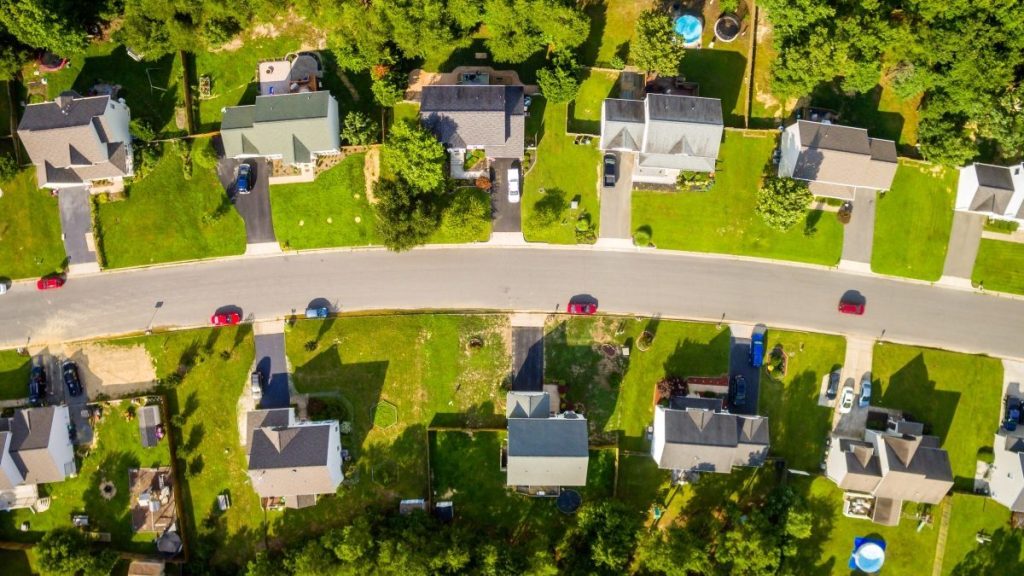Forbearance declined at a steady pace across the board last week, with many borrowers having already reached the end of their 18-month period provided by the CARES Act.
The total number of loans in forbearance decreased by six basis points to 2.15% as of Oct. 24, according to the latest report from the Mortgage Bankers Association (MBA). In the previous week, the rate dropped seven basis points to 2.21%.
Just over one million homeowners are still in forbearance plans. The survey included data on 36.7 million loans serviced as of Oct. 24, 73% of the first-mortgage servicing market.
Fannie Mae and Freddie Mac loans in forbearance declined three basis points to 0.97%, below the 1% level for the first time since the beginning of the pandemic. Meanwhile, Ginnie Mae loans decreased by 7 bps to 2.65%
The most notable decline was in the private-label securities (PLS) portfolio, which dipped eight basis points to 5.13%. The share of independent mortgage bank loans in forbearance fell six basis points to 2.43%. For depository servicers, the percentage declined 4 bps to 2.07%.
Natural disasters and forbearance: What borrowers and mortgage servicers need to know
The United States is grappling with a sharp rise in natural disasters, including wildfires, an active hurricane season, floods, tornadoes and mudslides. The mortgage industry needs to be proactive in examining programs to help borrowers recover.
Presented by: Mr. Cooper
According to Mike Fratantoni, MBA’s senior vice-president and chief economist, forbearance exits slowed at the end of October to the slowest pace since late August.
“With so many borrowers having reached the end of their 18-month forbearance term, we expect a steady pace of exits in November,” he added.
The survey shows that 15.6% of total loans in forbearance were in the initial stage last week, and 74.2% were in a forbearance extension. The remaining 10.2% were re-entries.
Weekly call volume for servicers was down, from 7.7% of the servicing portfolio volume the week prior to 5.9%—average speed to answer decreased from 2.1 to 1.5 minutes.
During the last 15 months, MBA’s data revealed that 29.1% of exits resulted in a loan deferral or partial claim. Also, 20.6% represented borrowers who continued to pay during the forbearance period. However, 16.7% were borrowers who did not make their monthly payments and did not have a loss mitigation plan.
Total requests were at 0.04% of servicing portfolio volume, while exits represented 0.09% of the total – in the previous week, the share was 0.10%, the report said.
Besides the forbearance plans, some borrowers struggling to pay their mortgages and bills will also be eligible for the $10 billion federal Homeowner Assistance Fund (HAF).
A component of the American Rescue Plan Act, the assistance fund was approved by Congress in March to prevent homeowners from falling behind on their mortgage, losing utility services, or being displaced.
The Department of Treasury is expected to begin approving state plans for the HAF in the coming weeks. However, the expectation is that many homeowners won’t receive checks until 2022.
Consumer protection attorneys and servicers still have questions about how the money will be distributed and who will be left holding the bag if something goes wrong.






